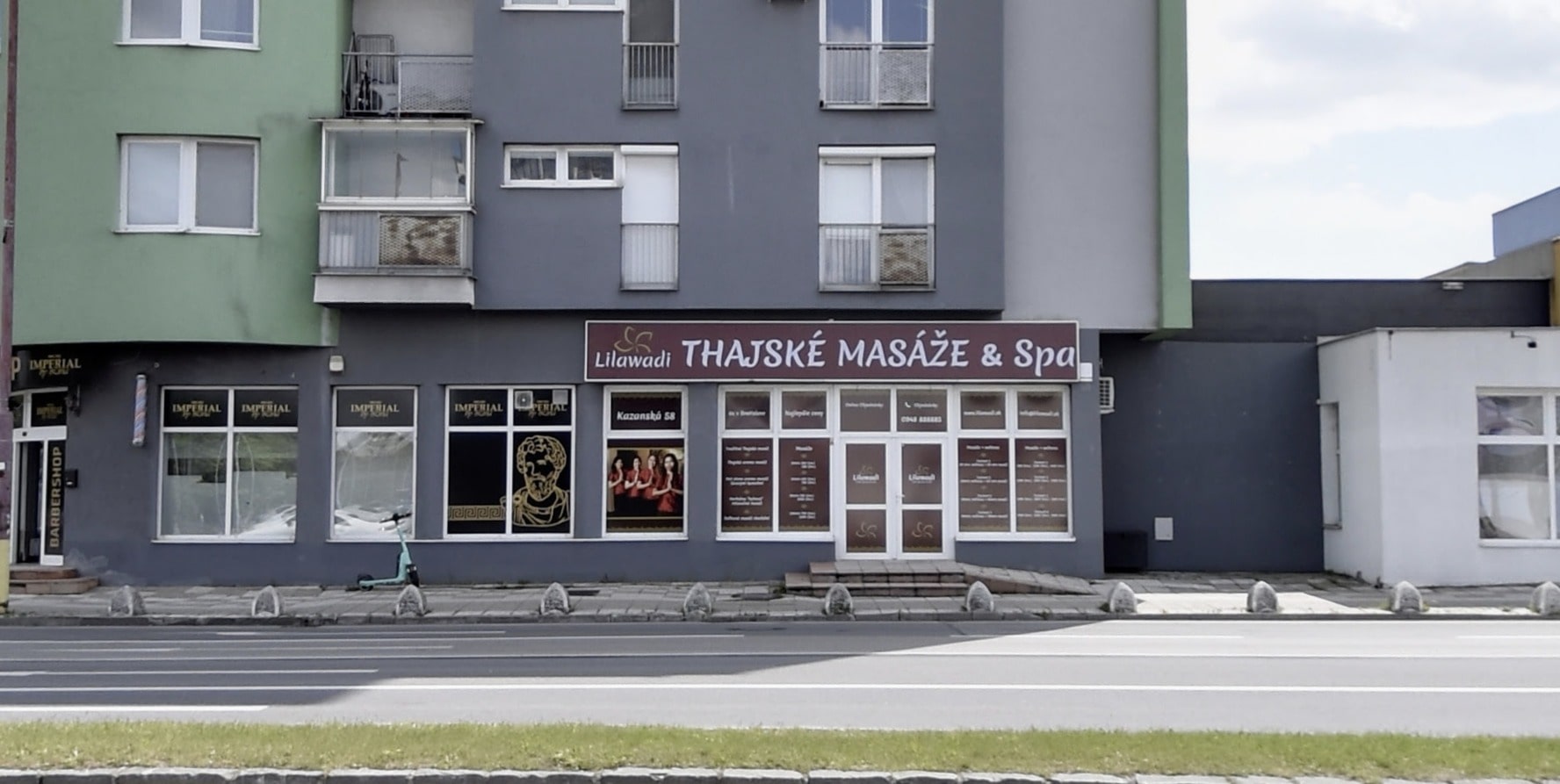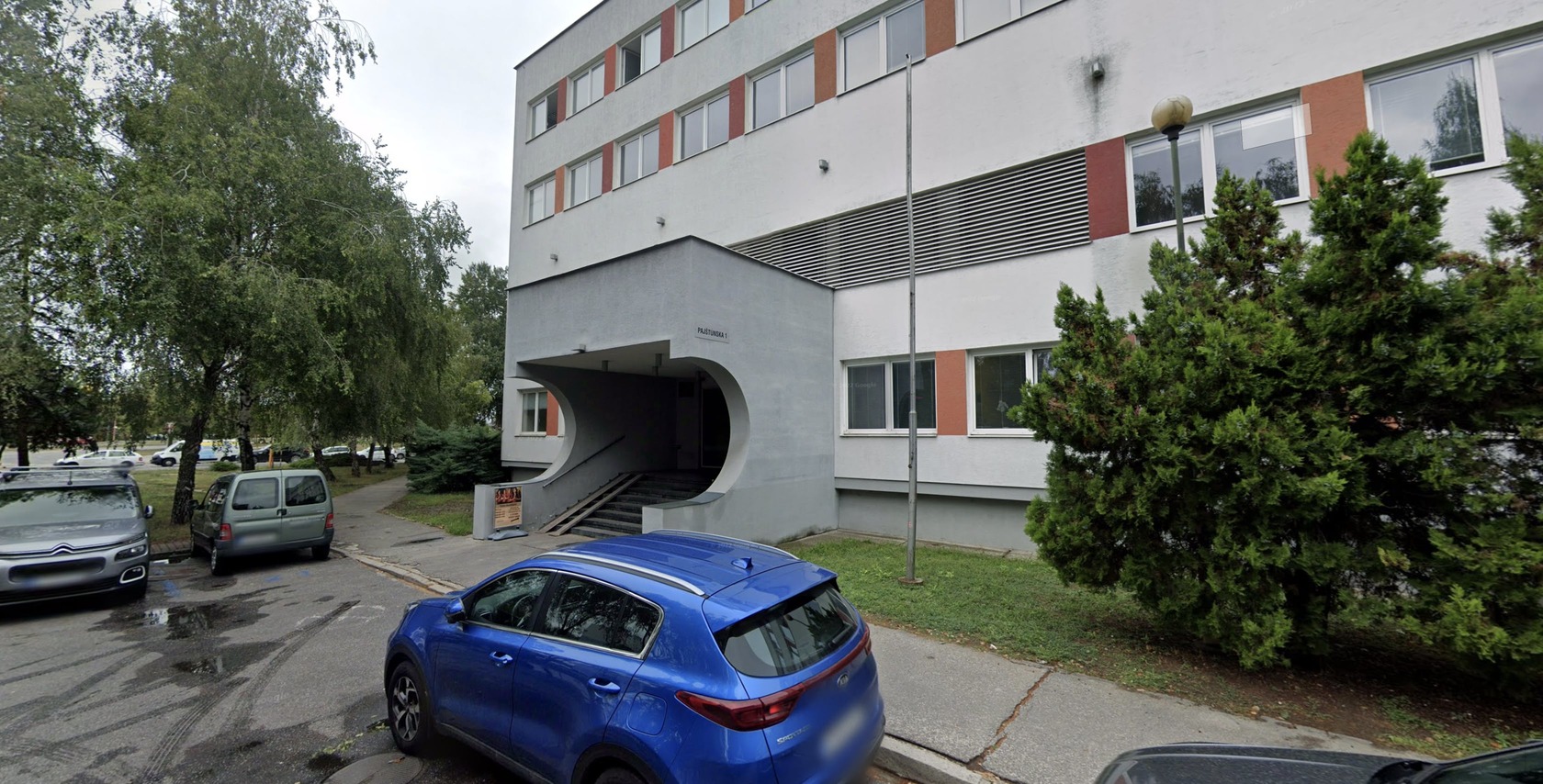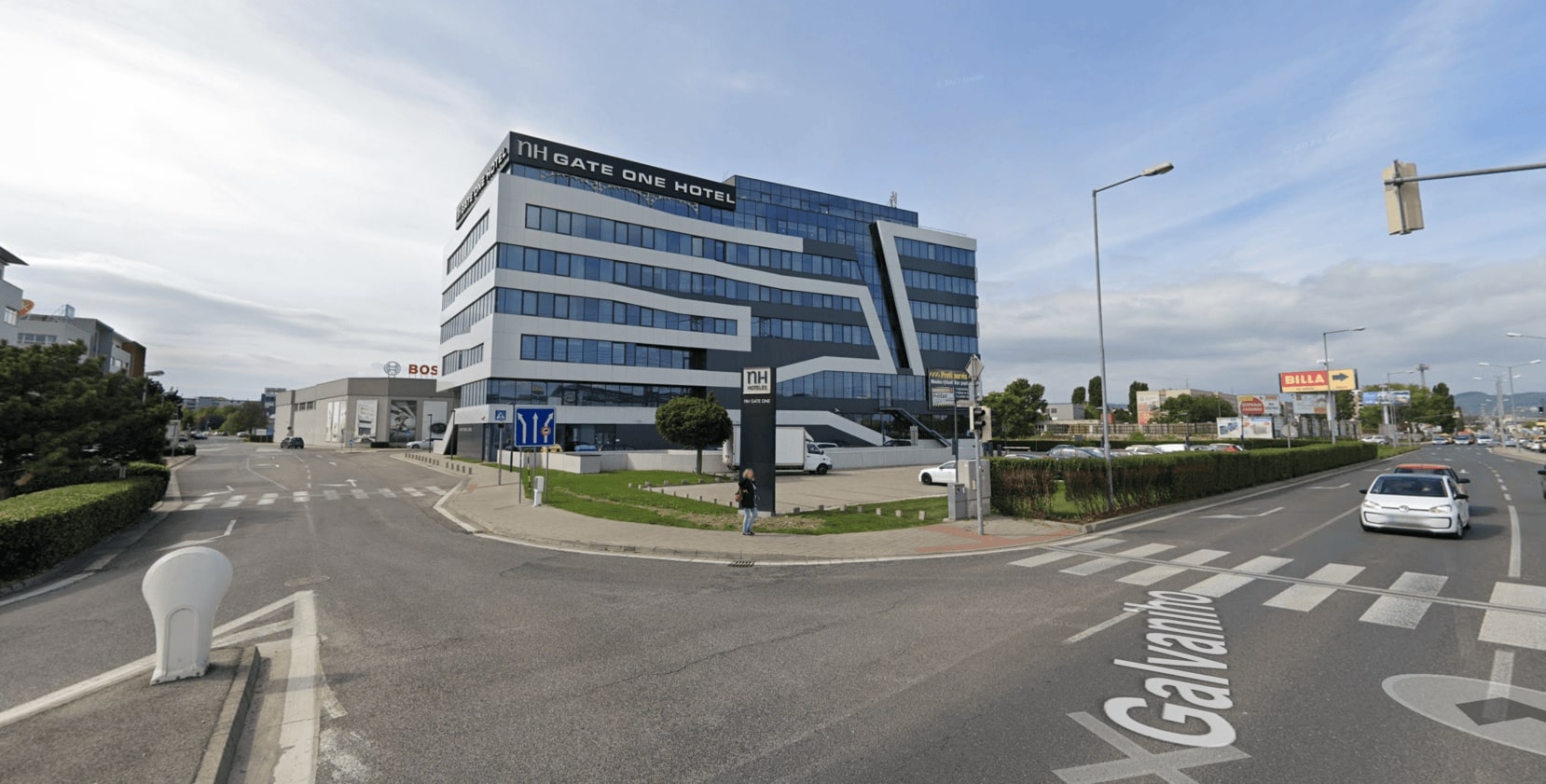An important part of traditional Thai massage is the action on acupressure points and ten Thai massage paths (Sen lines). Nowadays, almost every person has a hectic life and stress is almost the order of the day. Too much pressure and nervousness leads to physical and mental tension. It is by unblocking these pathways that pleasant relaxation comes.
What are Thai massage paths?
What are Thai massage tracks?
These are invisible channels that run through the human body and distribute life energy to the different parts and organs. This energy is also called prana or qi. If you have read our previous articles, you already know how Thai massage works. For those who don’t know, massage therapists use a variety of techniques that include yoga postures (asanas), stretching, and applying pressure to acupressure points.
By unblocking and opening these channels, the flow of energy is balanced and the proper functioning of the entire body is restored. People who regularly undergo Thai massage feel relief from joint pain, discomfort, muscle stiffness and overall relaxation and relief. They also experience an increase in positive energy.
Although we are talking about ten pathways, these branch out into more and in total we have around 72,000 pathways in the body. In the following lines we will introduce you to the most basic ones.
1. The Dream of Suman
The Dream of Suman is considered the most important pathway because it is the starting point. It is associated with the air element, the respiratory system, the abdominal cavity and digestive problems, i.e. the lungs, heart and stomach. It starts just above the navel, runs down the middle of the spine through the throat to the tip of the tongue.
2. Ittha Sen
Ittha is associated with the earth element and its stimulation relieves headaches, back pain, neck pain, sciatic nerve pain and sinusitis. It holds the kidneys, the urinary system and the organ of smell responsible. It is located on the left side of the body and starts about 2 cm to the left of the navel, passes through the groin, left thigh, knee, buttocks and then goes to the neck, head and ends at the left nostril.
3. Sen Pingkhala
Pingkhala falls under the element of fire and is the counterpart of Ittha, thus it passes through the opposite side of the body and ends at the right nostril. Its stimulation also relieves the above mentioned pains. The associated organs are the kidneys, urinary tract, liver, gall bladder and nose.
4. Sen Kalathari
Kalathari is often referred to as the pathway of emotions and psyche. This energy lineage influences the movement of the limbs and is associated with the elements of air and fire. As far as specific organs are concerned, it relates to the heart and several organs of the abdominal cavity. Kalathari begins at the navel and divides into four branches – left, right, forward and backward. From the navel it runs to the chest, shoulders, arms, wrists and fingertips, and likewise runs through the lower part of the body to the soles of the feet.
5. Sen Lawusang and Ulangka
Lawusang is associated with wind and has a significant effect on the ears. It starts just above the navel and passes upwards to the left nipple, along the jaw to the left ear. Indications include ear diseases, tinnitus, cough, toothache, chest pain and indigestion. The ulangka has the same trajectory but passes through the right side of the body. In addition, its imbalance may cause deafness, insomnia or itchy skin.
6. Sen Sahatsarangsi and Thawari
This pathway is associated with the water element and affects the organs of vision, the lower abdomen and the chest. Its origin is above the navel, running along the left side through the abdominal region, groin, thigh, knee, ankle to the bottom of the foot. From there it ascends over the left leg to the hip, travels across the front of the body to the left nipple, throat, jaw, and ends at the left eye. Thawari is on the opposite side and connects with the special intestinal indications, liver and gall bladder.
Are you interested in Thai massage? We have discussed its effects and benefits in more detail in previous articles.






